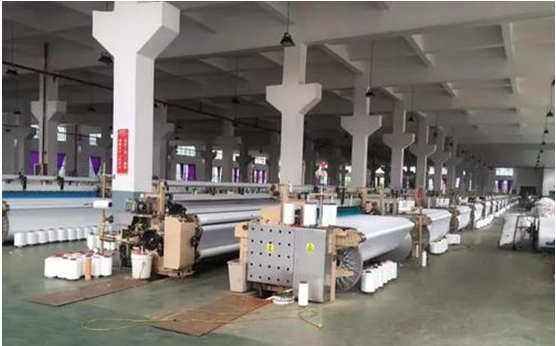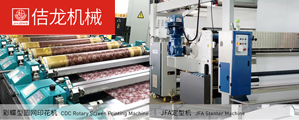Overall performance of the weaving cluster in April: insufficient orders, production continues to slow down
May 07, 2020 | by zhaoxh
According to the investigation on the production of weaving enterprises in the cotton textile cluster, in April, the production of enterprises continued to slow down.

Production continues to slow down
In April, overseas pandemic situation continued to spread, which had a big impact on the domestic weaving market, and the production of enterprises continued to slow down. As of April 26, the average operating rate of cluster weaving companies was around 53%, the average operating rate of enterprises above designated size was around 74%, and the utilization rate of weaving capacity was around 26%.
Both orders and equipment utilization fell
In terms of orders, since the outbreak of the overseas pandemic, the export orders of cluster-weaving enterprises have continued to decrease substantially, and they are basically at a standstill. Due to the pandemic, domestic demand has dropped significantly year-on-year, and domestic orders have also dropped significantly, with a year-on-year decrease of more than 40%. There are currently fewer new orders and mostly short-term small orders.
The utilization rate of weaving equipment continued to decline in April. Enterprises above the designated size have taken measures to limit production and reduce output, while those below designated size have increased vacations. Most cluster weaving companies said that if there are no new orders in the near future, they will further reduce production, stop production, and extend the “May Day” holiday days. Some export enterprises indicated that the pressure from export to domestic sales was greater. Individual weaving cluster enterprises switch to produce masks, melt blown nonwovens and other pandemic prevention products.
High inventory pressure
In terms of funds, due to lack of orders, some cluster weaving companies adopted inventory-based sales, occupying a large amount of funds, resulting in further aggravation of inventory pressure and capital pressure. In order to stabilize the workforce, some enterprises have implemented a system of employee rotation, which puts greater pressure on labor costs.
Policy support sees results
In terms of countermeasures, it is understood that the support policies differ from place to place. Some governments that support more strongly reduce corporate management costs and financial costs to a certain extent by reducing taxes, subsidizing social security, and increasing loans. During this period, some clusters further standardized management, upgraded industrial structure, and took the road of sustainable development.
(The above content and data are from a sample survey of the weaving cluster and are for reference only.)








